The Cité du design welcomes UNESCO’s Creative Cities
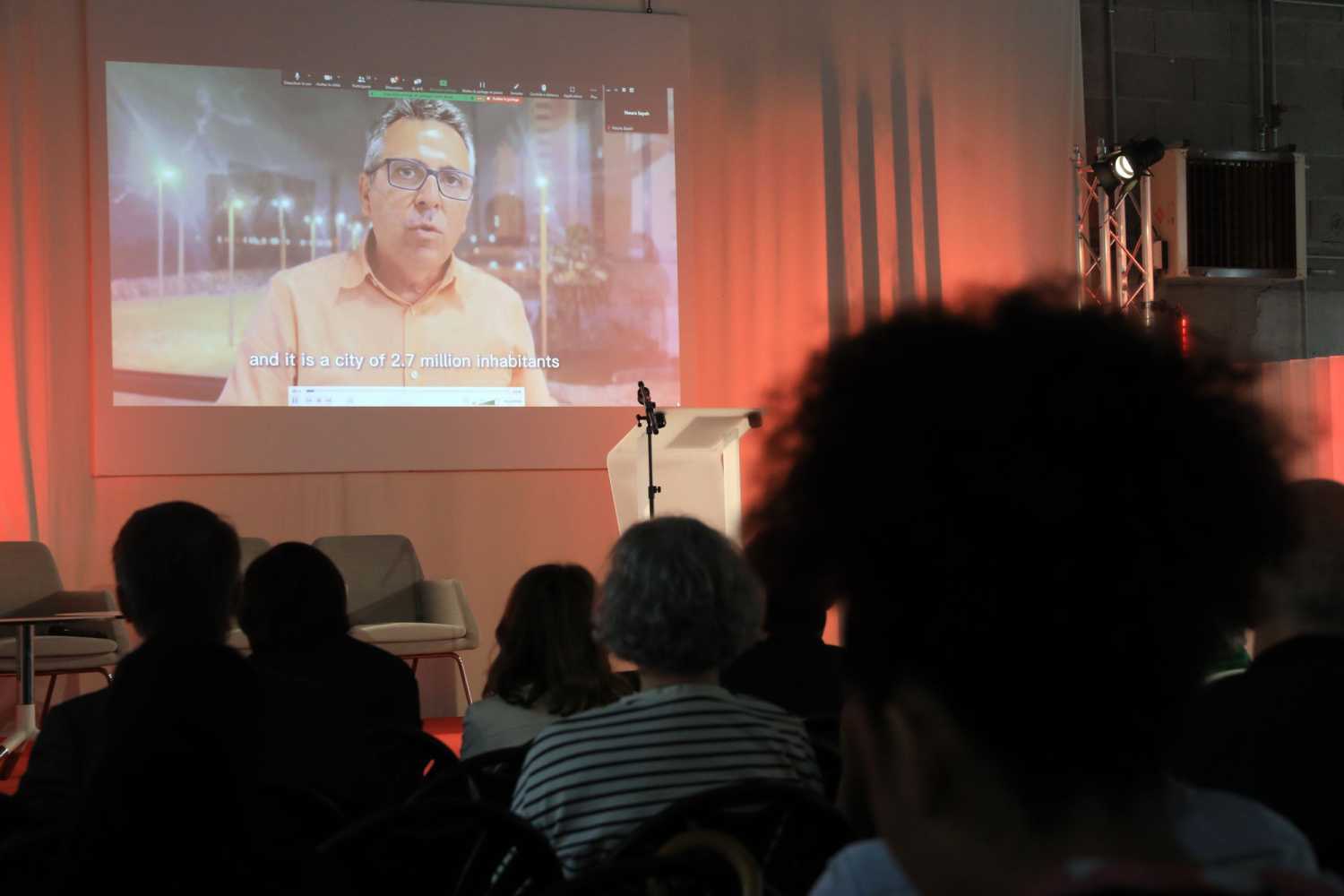
Faced with challenges of ecological and energy transitions, this forum highlighted the creativity of cities such as Montreal (Canada), Seoul (South Korea), Muharraq (Bahrain), Fortaleza (Brazil), Kobe, Nagoya and Asahikawa (Japan) to demonstrate the relevance and quality of the solutions provided by design.
Several international delegations met on Friday 24 June at the Cité du design as part of the Biennale Internationale Design Saint-Étienne 2022. Echoing the theme of « Bifurcations » for this 12th edition, the international forum presented various solutions implemented within the UNESCO Creative Cities network to encourage new practices in housing, mobility, health and education that are more sustainable and respectful of biodiversity.
By focusing on concrete achievements and reporting on the experiments carried out by UNESCO's Creative Cities, the speakers answered the following questions:
How do cities promote new ways of producing, innovate in public design commissions and involve citizens ?
The Design Montréal initiative presented by Patrick Marmen, Team Leader and Design Commissioner for the City of Montréal, focused on the means and mechanisms of innovation for municipal actions. The pandemic has helped rethink the public-private
collaborative framework to require the full definition of user needs before any designer is hired.
The third edition of the Human City Design Award presented by Ayoung Um, from the Seoul Design Foundation, introduced a panorama of collective design projects honored since the launch of the award in 2019, centered on the human, always inspired by the uses of the inhabitants of a place, the children of a library-cum-air center. The Citizen Award, launched this year, allows for popular understanding and ownership of design projects.
How are cities experimenting with alternative ways, collective, sober and respectful of ecosystems (biodiversity, etc.)?
The Micro Park project in Fortaleza, Brazil, presented by Luis Alberto Saboia, head of innovation at the city of Fortaleza, pilots a participatory and ecological approach inspired by permaculture. It proposes an alternative model to the construction of traditional public squares with less paving, more vegetation and permeability, and locally sourced natural materials to make a small urban jungle to foster the imagination of local children.
How do cities support the development of new housing practices, the enhancement of architectural heritage and soft mobility in downtown areas?
The Pearling Path project, presented by Noura Al Sayeh, architect and chief curator at the Bahrain Authority for Culture and Antiquities, focuses on the preservation and enhancement of the architectural, urban, artisanal and cultural heritage of the region, historically focused on the pearl industry. The creation of a creative itinerary connects the different neighborhoods of Muharraq as well as the city to its seaside, while improving the circulation of pedestrians and vehicles. The string of green plazas offers islands of freshness, while the renovation of facades and old buildings draws on the ancestral craftsmanship.
These networks of cities form interfaces for citizen cooperation with sustainable development by in mind. We can mention in particular the Sustainable Development Goal 11 which is mainly focused on sustainable cities and communities. It is important in this respect to salute the work of Saint-Etienne and the Cité du design.
We are currently working on the theme of the future of mobility with various cities. We have submitted an application to a European call for project . We have responded to a European project with Graz, Turin and Kortrijk and we are supported by several cities such as Istanbul, Kaunas, Singapore, Querétaro, Montreal, Shenzhen, Kolding, which have expressed interest in participating in this project. The Secretariat of the UNESCO Creative Cities Network (UCCN) has supported this initiative. It is on a Horizon Europe Heritage that we took our chance to respond all together and make our contribution. We believe that UNESCO's Creative Cities are good laboratories to develop solutions for tomorrow.
Supported by the Cité du design, co-conceived and led by Lætitia Wolff, consultant in design and sustainable innovation, this event was opened by Gaël Perdriau, Mayor of the City of Saint-Étienne and President of Saint-Étienne Métropole, Marc Chassaubéné, President of the Cité du design, Véronique Roger-Lacan, Ambassador and Permanent Delegate of France to UNESCO, Denise Bax, Secretary of the UNESCO Creative Cities Network, and Alexandre Navarro, Secretary General of the French National Commission for UNESCO. Special thanks to Sonia Hedhibi, in charge of international relations.
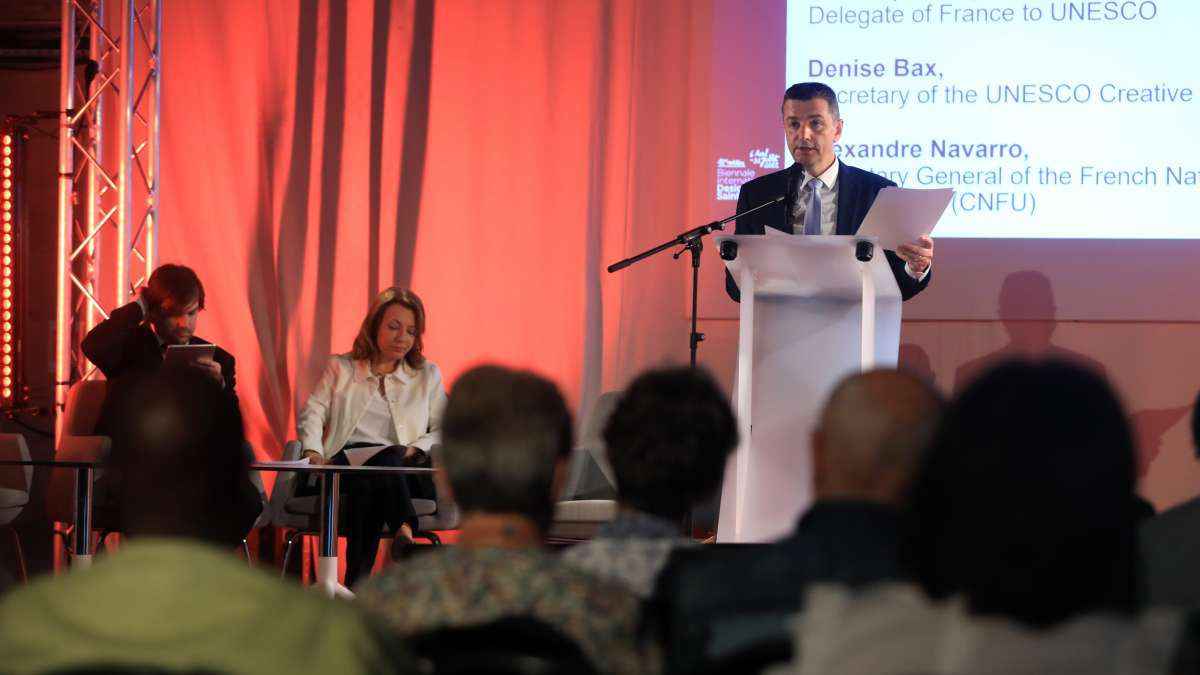
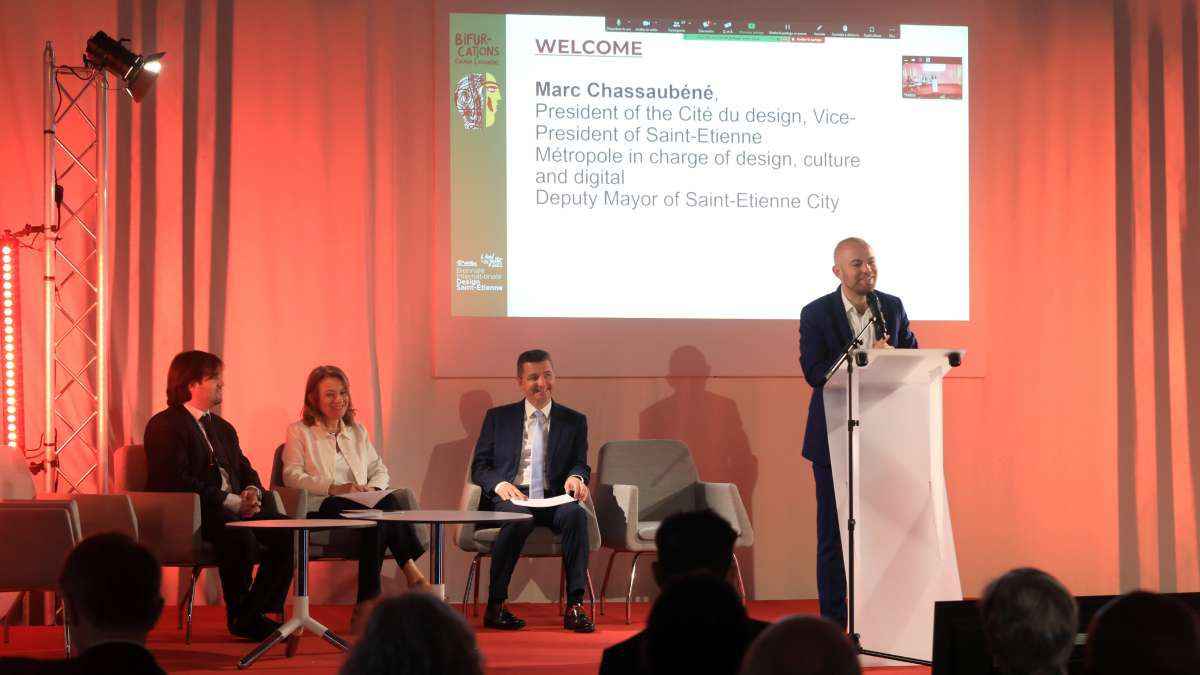
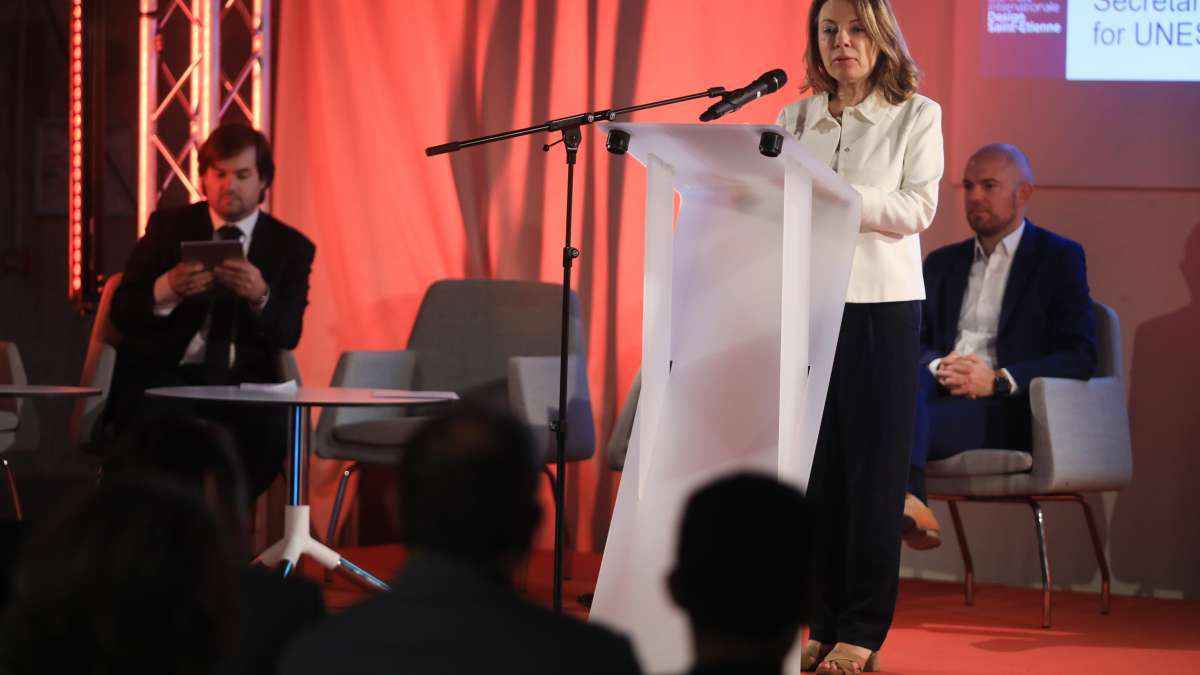
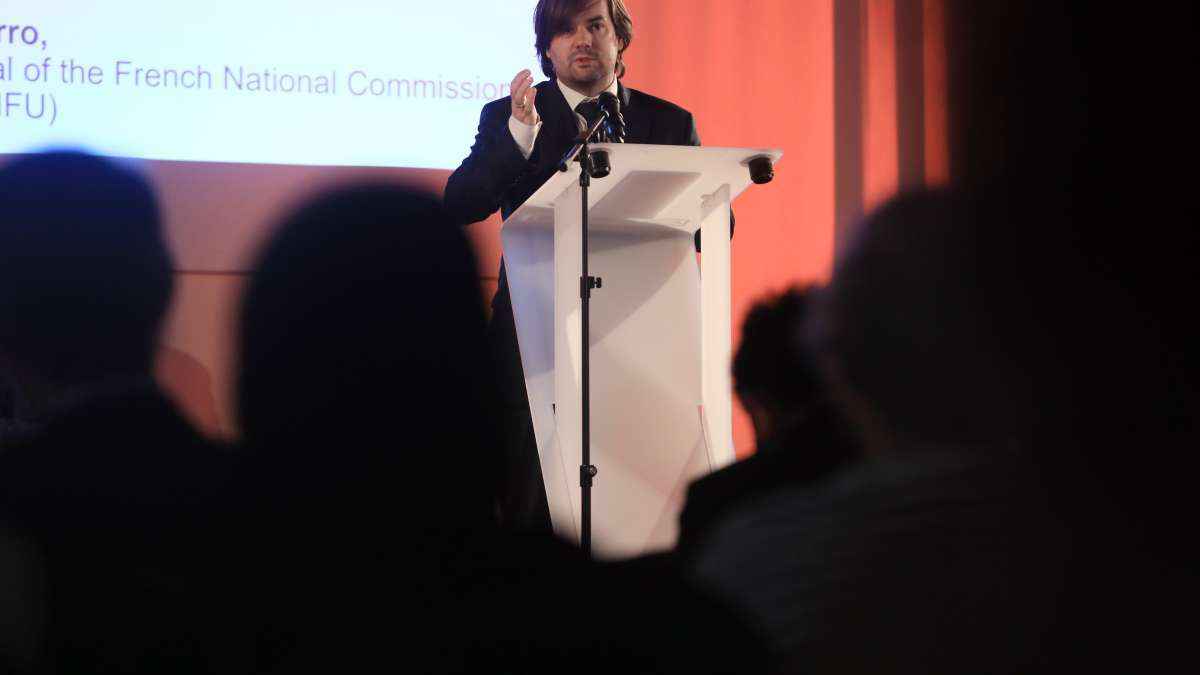
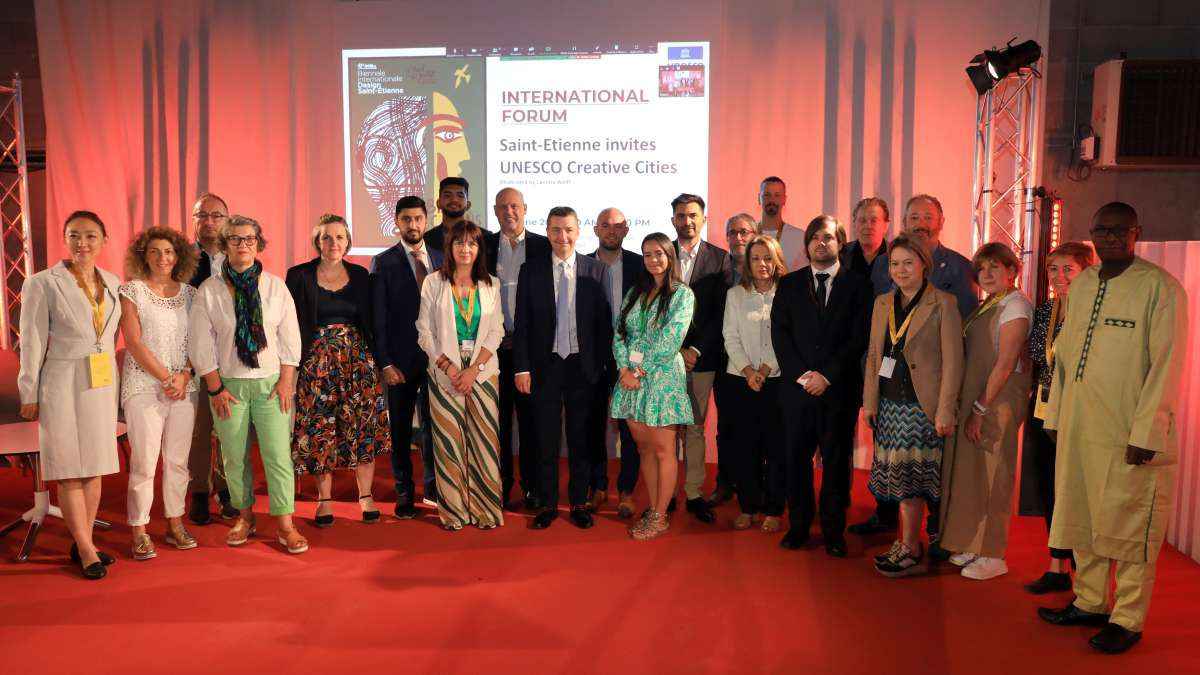
Thank you to the participants of the forum :
Delegations
Enghien-les-Bains (France)
Wuhan (China)
Covilha (Portugal)
Dubai (EAU)
Angoulême (France)
Kaunas (Lithuania)
Turin (Italy)
Puebla (Mexico)
International speakers
Montreal (Canada)
Seoul (South Korea)
Muharraq (Bahrain)
Fortaleza (Brazil)
Kobe, Nagoya, Asahikawa (Japan)
UNESCO representatives
Véronique Roger-Lacan, Ambassador Permanent Delegate of France to UNESCO
Denise Bax, Secretary of the UNESCO Creative Cities Network
Alexandre Navarro, Secretary General of the French National Commission for UNESCO (CNFU)
Jérome Fromageau, Cultural Advisor to the French National Commission for UNESCO

International Forum : Saint-Étienne invites UNESCO Creative Cities ©Cité du design
Votre navigateur est obsolète, l’affichage des contenus n’est pas garanti.
Veuillez effectuer une mise à jour.